Stephen Chen
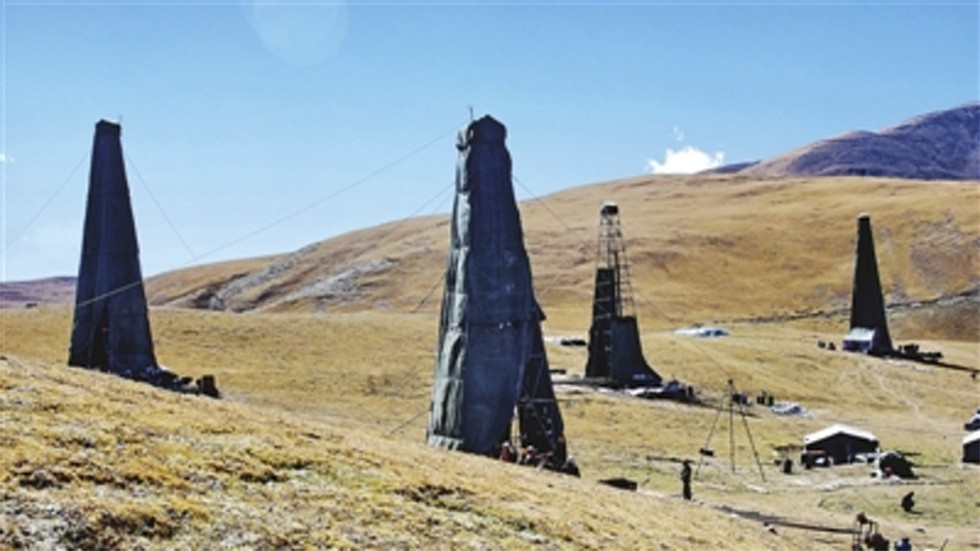 China has begun large-scale mining operations on its side of the disputed border with India in the Himalayas, where a huge trove of gold, silver and other precious minerals – valued at nearly US$60 billion by Chinese state geologists – has been found. Although mining has been going on in the world’s highest mountain range for thousands of years, the challenge of accessing the remote terrain and concerns about environmental damage had until now limited the extent of the activities. The unprecedented scale of the new mines follows years of heavy investment by the Chinese government in roads and other infrastructure in the area. People familiar with the project say the mines are part of an ambitious plan by Beijing to reclaim South Tibet, a sizeable chunk of disputed territory currently under Indian control.
China has begun large-scale mining operations on its side of the disputed border with India in the Himalayas, where a huge trove of gold, silver and other precious minerals – valued at nearly US$60 billion by Chinese state geologists – has been found. Although mining has been going on in the world’s highest mountain range for thousands of years, the challenge of accessing the remote terrain and concerns about environmental damage had until now limited the extent of the activities. The unprecedented scale of the new mines follows years of heavy investment by the Chinese government in roads and other infrastructure in the area. People familiar with the project say the mines are part of an ambitious plan by Beijing to reclaim South Tibet, a sizeable chunk of disputed territory currently under Indian control.
China’s moves to lay claim to the region’s natural resources while rapidly building up infrastructure could turn it into “another South China Sea”, they said.
Most of the precious minerals – which include rare earths used to make hi-tech products – are hidden under Lhunze county, a military stronghold China took from India by force nearly 60 years ago.
In just a few years, the discovery has turned the once quiet, remote county with 30,000 permanent residents, most of them Tibetan herders, into a booming mining centre.
People have poured into the area so fast that even local government officials could not provide a precise count for the current population. Enormous, deep tunnels have been dug into the mountains along the military confrontation line, allowing thousands of tonnes of ore to be loaded and transported out by trucks daily, along roads built through every village.
Extensive power lines and communication networks have been established, while construction is under way on an airport that can handle passenger jets.
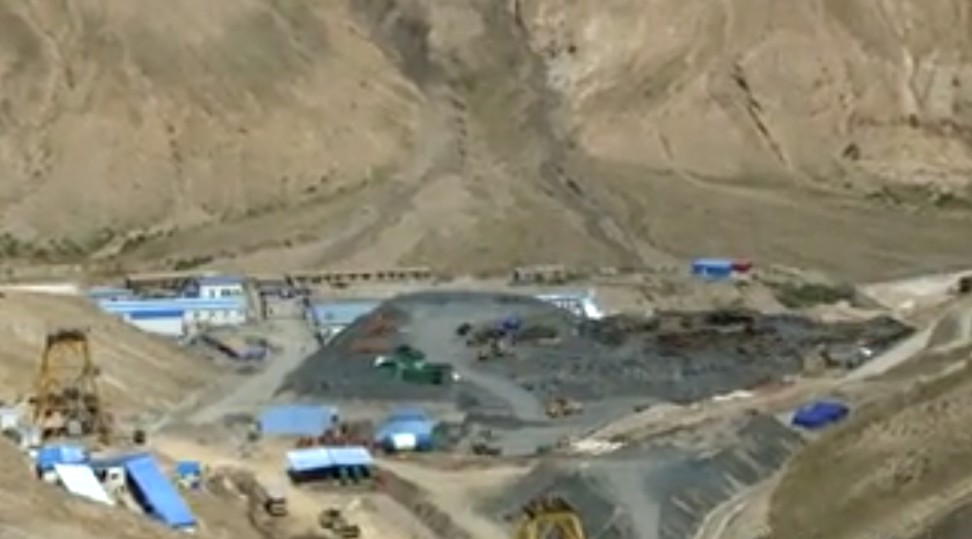
By the end of last year, the scale of mining activity in Lhunze had surpassed that of all other areas in Tibet. Annual gross domestic product growth had reached 20 per cent, infrastructure investment had more than doubled from 2016 and the average income of local residents had nearly tripled from the pre-mining boom days, government figures showed.
In October, soon after the end of a tense military stand-off on the Doklam plateau over Chinese road-building – the worst confrontation between China and India in years – President Xi Jinping underscored Beijing’s claim to the area in a letter to a family in Lhunze, published in state media.
The president rarely replies to correspondence from the public, and when he does there is usually a reason. In this case, Xi thanked the father and his two daughters for their loyalty and contributions to China, and also urged the people of Lhunze to “set down roots” to develop the area for the national interest.
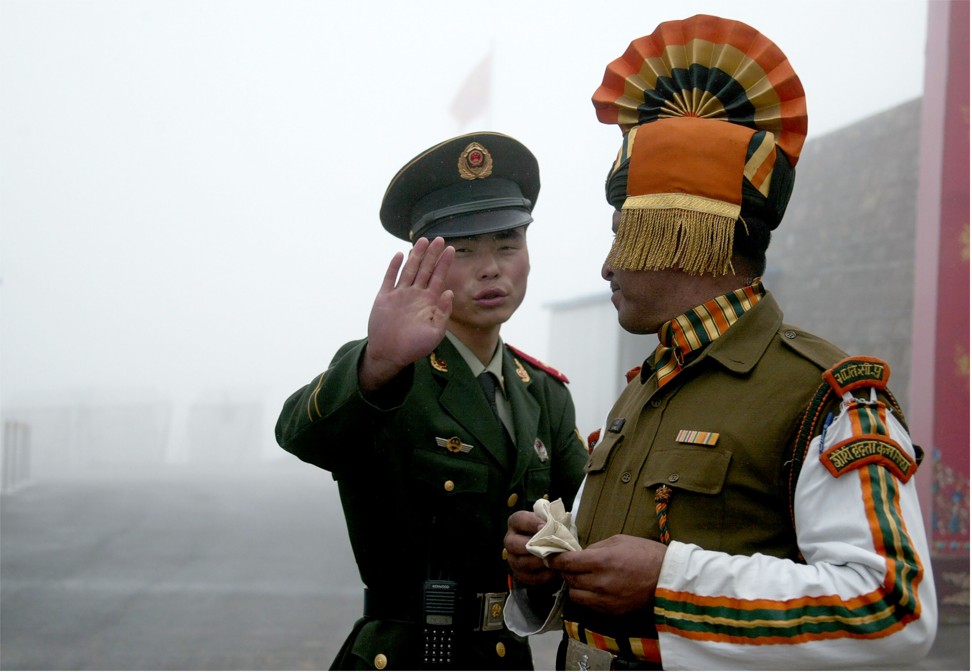
People familiar with the mining plan say the breakneck pace of development in Lhunze, a traditional military stronghold heavily garrisoned by the People’s Liberation Army, is part of a determined endeavour by Beijing to regain full control of South Tibet, or Arunachal Pradesh – currently an Indian state as large as Austria with original forests, fertile farmland and rich natural resources.
Stretching across five countries – India, Pakistan, Afghanistan, China, Bhutan and Nepal – the Himalayas have seen many deadly conflicts stemming from border disputes.
Behind the possibility of “another South China Sea” rising out of the world’s highest mountain range are recent findings pointing to the value of the buried minerals.
Zheng Youye, a professor at the China University of Geosciences in Beijing and the lead scientist for a Beijing-funded northern Himalayan minerals survey, confirmed to the South China Morning Post that a series of discoveries in recent years put the potential value of ores under Lhunze and the nearby area at 370 billion yuan (US$58 billion).
“This is just a preliminary estimate. More surveys are under way,” he said.

There could be further big finds in the future as Chinese researchers learn more about the area. With strong financial backing from the government, they have already amassed extensive data on the region.
Using a special technique they developed, the researchers have been able to accurately detect and locate exploitable reserves in the unique terrain, which abounds in the magma and hot springs essential to the formation of mineral deposits – and where traditional prospecting methods have failed.
According to Zheng, the new-found ores could tip the balance of power between China and India in the Himalayas.
China conquered South Tibet after launching a war against India in the early 1960s. “But our troops had to retreat quickly because we had no people there to hold the land,” the scientist said.
The new mining activities would lead to a rapid and significant increase in the Chinese population in the Himalayas, Zheng said, which would provide stable, long-term support for any diplomatic or military operations aimed at gradually driving Indian forces out of territory claimed by China.
“This is similar to what has happened in the South China Sea,” where Beijing has asserted its claim to much of the contested waters by building artificial islands and increasing its naval activity, he said.
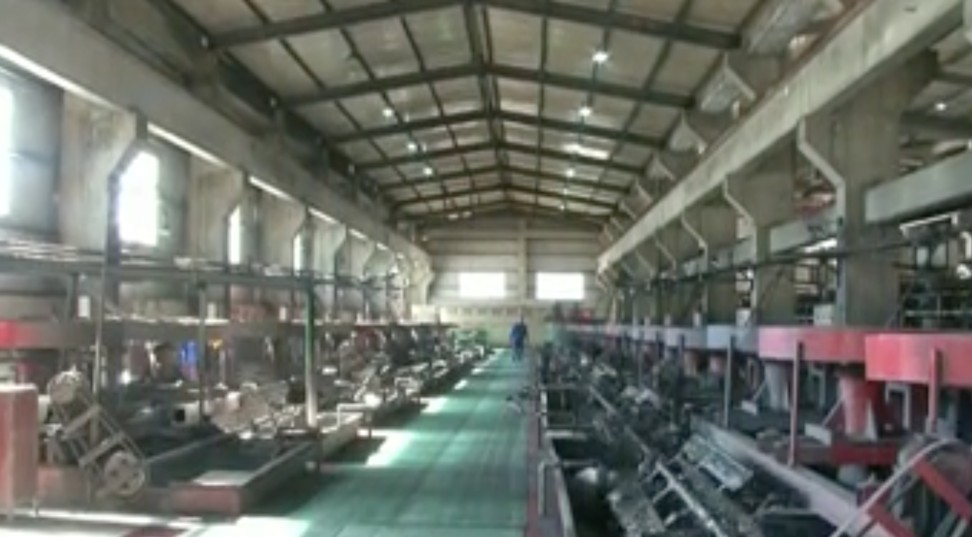
Hao Xiaoguang, a researcher with the Institute of Geodesy and Geophysics at the Chinese Academy of Sciences in Wuhan, Hubei and a senior government specialist in China-India disputes in South Tibet, said Beijing was likely to take the same approach to the Himalayas as it had to the South China Sea.
As China’s economic, geopolitical and military strength continues to increase, “it is only a matter of time before South Tibet returns to Chinese control”, Hao said.
“What China [has] achieved today in the South China Sea was almost unthinkable a decade ago. I am optimistic [about] what will happen in the Himalayas in the coming years because President Xi has made it clear that ‘not a single inch of our land will be or can be ceded from China’, which definitely includes South Tibet,” he said.
But Hao said the Lhunze mining boom would not be expanded to other areas. In other parts of Tibet, mining activities have been prohibited or strictly limited because large-scale excavation and processing of minerals could produce excessive waste chemicals and debris, posing a threat to the fragile Himalayan environment and potentially causing irreparable damage to the natural landscape.
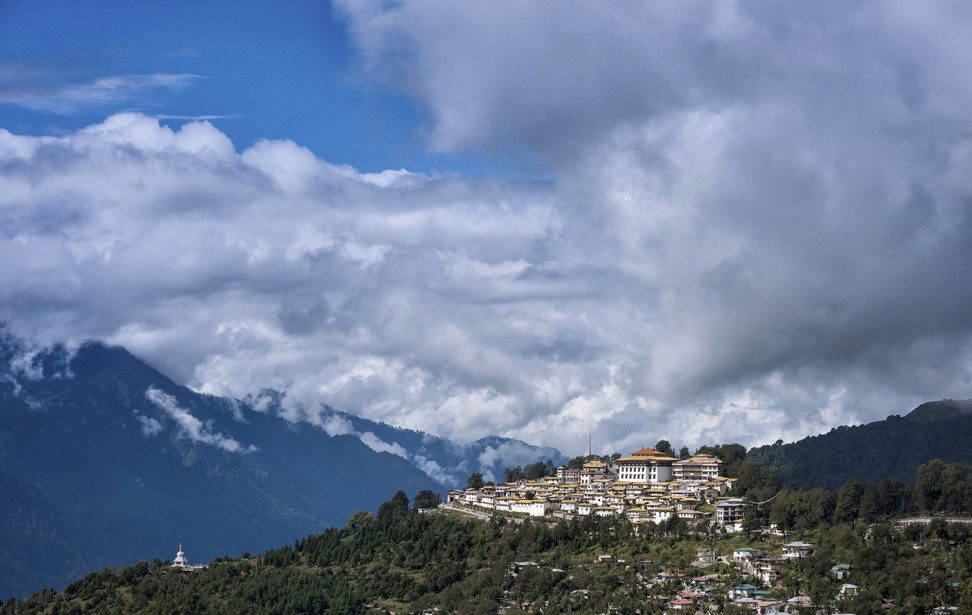
India currently controls most of South Tibet, or Arunachal Pradesh – an area known for its rich Tibetan culture and lush landscape dotted with Buddhist temples, with a population of 1.2 million spread across more than 83,000 sq km.
Over the decades, New Delhi has built up a strong military presence in the area, including airports and missile launch facilities. The government has also encouraged people in other parts of India to migrate to the most northeastern state.
But knowledge of the underground reserves has remained very limited, partly because of a lack of large-scale, in-depth surveys, according to Indian scientists.

Known resources in the state include coal, oil and natural gas, dolomite, limestone, graphite, lead and zinc, but the scope of the reserves has mostly remained unknown, according to a 2013 study by Trilochan Singh, director of the University-Industry Inter-Linkage Centre at the Arunachal University of Studies and a former government geologist.
“The Arunachal Himalaya is known as land with hidden treasure of mineral resources,” Singh wrote in the paper. “This hidden natural wealth requires systematic investigations to obtain reliable data on uniform pattern for making policy and plans.”
The situation today remains more or less the same as it was at the time of the study, as the natural resources in Arunachal “are not being harnessed at present”, Singh told the Post.
D. Rameshwar Rao, a government scientist at the Wadia Institute of Himalayan Geology, said the institute was unaware that China was conducting large-scale mining activities at the border of Arunachal and declined to comment on the move.
In Lhunze, some of the newcomers are still acclimatising. Weng Qingzhen, who owns a Sichuan restaurant in the county, said she moved there less than two months ago after friends and relatives told her about the mining boom.
“We came here for the gold rush, but this place is not as wild as I thought,” she said. “It’s orderly and civilised and there’s an ample supply of almost everything you need.
“The only thing there’s a shortage of is oxygen,” Weng said, referring to the conditions in Lhunze, which sits at an altitude of 4,000 metres (13,123 feet) above sea level.
Weng’s restaurant is located in the middle of a cluster of businesses that include a hair salon, laundry service, supermarket, cosmetics store, Western-style bakery, confectionery shop and bars.
After nightfall, the bars and barbecue stands are filled with the sound of people speaking dialects from across China. They are miners and labourers, but they are also sleek salesmen and investors dressed in suits and shiny shoes.
A woman who runs a laundry service said she had about 30 to 40 customers a day, and although dry cleaning was expensive, that did not seem to bother her regulars.
“Most people here earn a decent income,” with an average monthly salary of 10,000 yuan, according to the woman, who has lived in Lhunze for more than two years and did not want to be named.
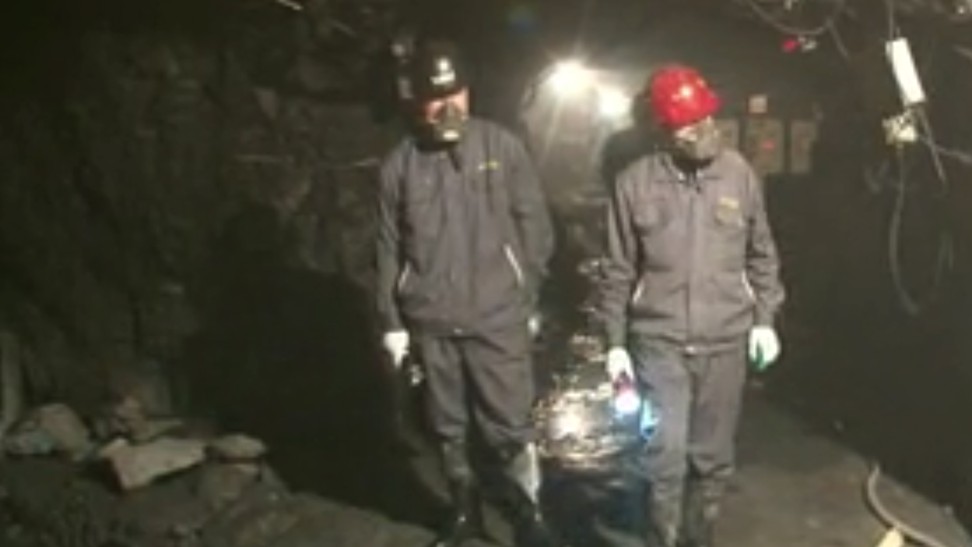
Many of them are employed by one of several mining companies operating in the county. The biggest is Tibet Huayu Mining, which is listed on the Shanghai Stock Exchange. For last year, the company reported revenue of nearly 1 billion yuan, with profits up 60 per cent from 2016 to 300 million yuan.
With more mines being built in Lhunze and surrounds, a county official who did not want to be identified told the Post that more than 80 per cent of the county government’s tax income came from mining.
But the government also tightly controls who can enter Lhunze – the county remains a restricted military zone. To go there, Chinese citizens need a special permit issued by the military at a security checkpoint and foreigners are barred from the area in most cases.
It has been this way since a war broke out between China and India in 1962, after a series of conflicts and violence on the border following the 1959 Tibetan uprising, when India granted asylum to the Dalai Lama. In late summer that year, People’s Liberation Army soldiers attacked an Assam Rifles stronghold in Longju village, eastern Lhunze, killing a number of Indian soldiers. Days later, the Chinese drove the Indian military out of the county and took control of the area. Thousands of soldiers were killed in the border war that followed several years later, which ended after 31 days when the Chinese declared a ceasefire and withdrew from South Tibet and other disputed areas.
Over the decades, the dispute has continue to simmer and there have been further scuffles between the world’s most populous nations, with India insisting the border follows the natural ridge of the Himalayan mountain range, while China says the lower land to the south of the Himalayas is part of Tibet and belongs to it.
In Lhunze today, the growing community of Chinese is focused on the mining boom. Those hoping to cash in, like restaurateur Weng, hope others will join them.
“The biggest problem living here is the isolation – there’s not even a bus and it takes hours of driving to get to the nearest city,” Weng said. “I hope more people will come and turn this place into a big city.”
No comments:
Post a Comment